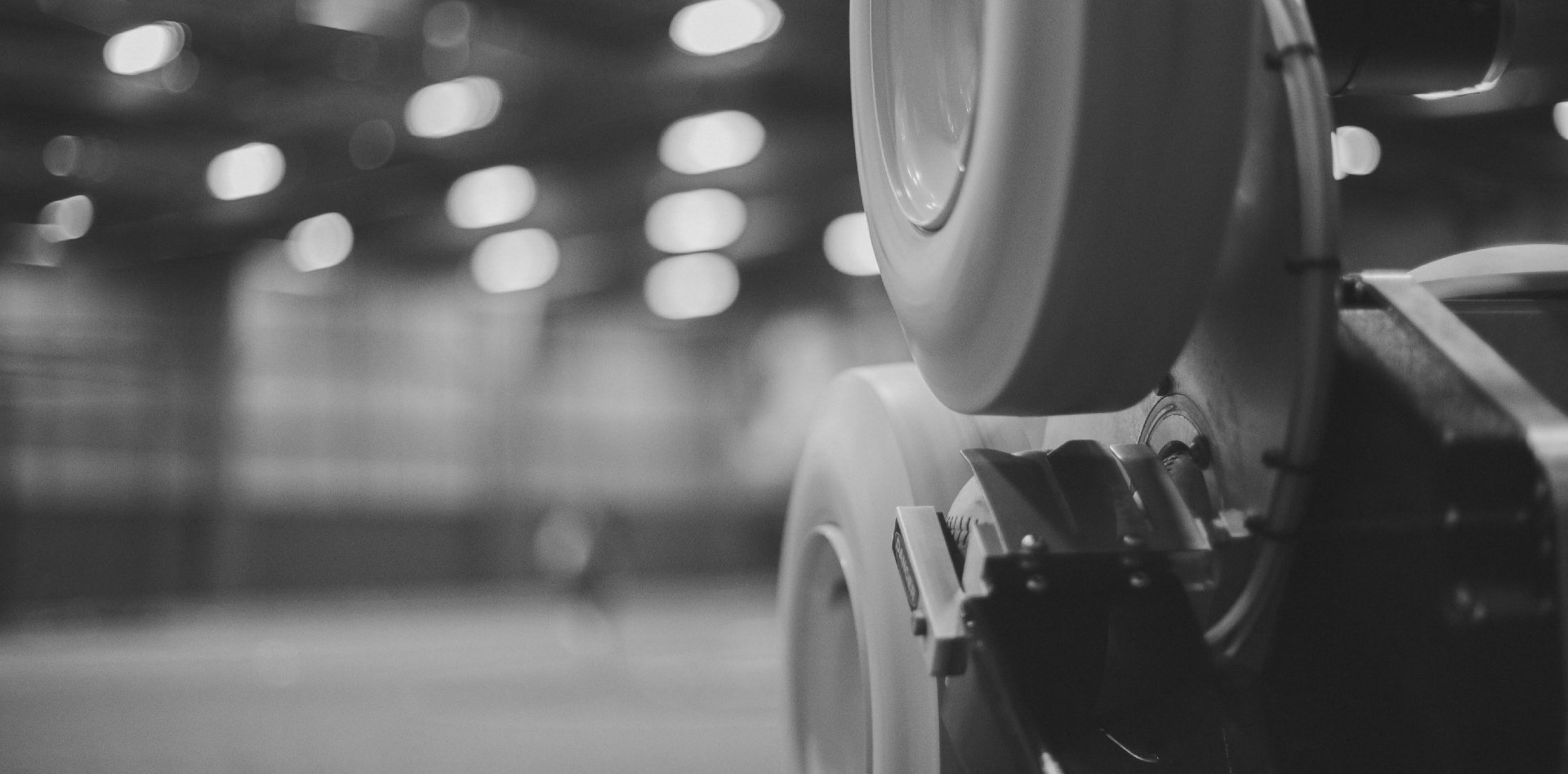Every time you practice a baseball skill repeatedly, your brain undergoes a process called neuroplasticity. Neuroplasticity is the brain's ability to reorganize itself by forming new neural connections throughout your lifetime.
As you learn and practice a new skill, watching a pitch leave the pitchers hand and tracking the ball to your bat, the neurons in your brain begin to form new connections, strengthen existing ones, and weaken or eliminate others that are no longer necessary. These changes are driven by the release of chemicals called neurotransmitters, which signal the neurons to form new connections and strengthen existing ones.
Professional Baseball Player's Brain
Over time, as you continue to practice skills, these changes become more pronounced and the brain areas responsible for that skill become more efficient and specialized (earning you a spot on the roster). This process is called cortical specialization, and it is what allows experts in a particular field to perform complex tasks with ease and accuracy (looking at you 2023 All Stars).
In summary, as you grow a skill, your brain physically changes to accommodate the new knowledge and abilities, forming new neural connections and strengthening existing ones. This results in increased efficiency and specialization in the brain areas responsible for that skill, making it easier for you to perform the skill with accuracy and precision.
Motor Learning in Baseball
The brain's motor cortex is responsible for controlling voluntary movements, and it is the primary area of the brain involved in motor learning. When you learn a new physical action, neurons in the motor cortex begin to form new connections and strengthen existing ones, creating a network of neurons that is specific to that action.
Skill Acquisition in Your Mind/Body
As you practice the action, the neural network becomes more refined and efficient, allowing you to perform the action with greater accuracy and precision. This process is known as skill acquisition, and it involves a complex interplay of sensory information, motor commands, and feedback mechanisms.
In addition to changes in the motor cortex, other areas of the brain are also involved in motor learning. For example, the basal ganglia are involved in the initiation and control of movement, while the cerebellum is involved in the coordination and timing of movements (i.e. hitting a 100 mph fastball).
Overall, when you learn a physical action, like making a double play, your brain undergoes a complex process of motor learning, involving the formation of new neural pathways in the motor cortex and other areas of the brain. These changes allow you to perform the action more effectively over time, and they are essential for developing expertise in baseball.


![The Intersection of Baseball Moms + Baseball Training [Infographic] The Intersection of Baseball Moms + Baseball Training [Infographic]](https://info.fungoman.com/hs-fs/hubfs/BASEBALL%20MOMS%20+%20BASEBALL%20TRAINING%20THE%20INTERSECTION.png?width=324&height=160&name=BASEBALL%20MOMS%20+%20BASEBALL%20TRAINING%20THE%20INTERSECTION.png)


Leave a Comment